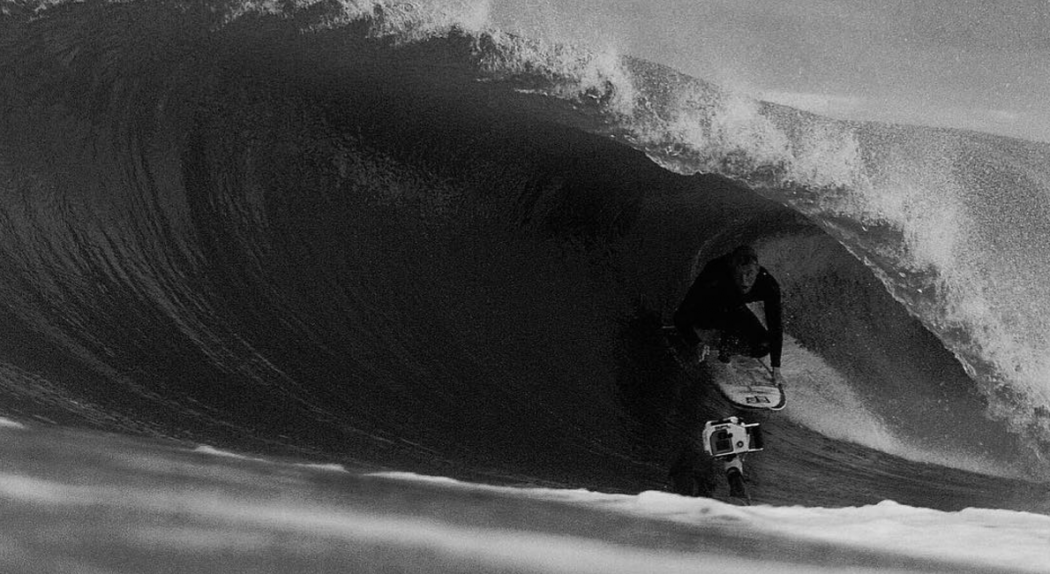In this day in age, buying the right wetsuit at the right price can be a dice roll. Unless you’re a veteran in the game or are on better-than-good terms with the sales associate in your local surf shop, there’s a likely chance that you’ll find yourself checking out with a suit that will a) be uncomfortable b) cramp your style c) fall apart after one year of use or d) all of the above.
When you’re dropping a couple stacks on an item, the least a $300+ wetsuit can be expected to do is get the job done—kinda like that last board you bought.
This year, we’ve put together a bit of a value guide so that you have the real info you need in 2017 to make an informed decision on your next piece of rubber (opposed to doing that thing major surf publications when they string together an wetsuit guide with 20 sponsored brands and give every included brand five stars). Let’s get into it.
Things You Should Know Before Swiping the Card
- Unlike your favorite sweatpants or T-shirt, a wetsuit is—first and foremost—is a piece of equipment. Like a parachute, it must work. More specifically, it should be functionally geared for the conditions you’re consistently expecting to face. And like any important relationship, set your expectations up front: If you expect to be reliably warm and happy, get serious about spending more cash on what’s ultimately more of an investment than a sunk cost.
- Wetsuits that keep their customers happy perform and provide on three consistent levels: comfortability, flexibility, warmth. It’s that simple—if you’re going in on a new suit, do not settle for anything less than what you want out of that whole trifecta. Make sure you’re confident that all three of those boxes are checked off before you pull out the creddy.
- Brands will try to sell you on “their new line” or wetsuits made with “eco” materials. Plenty of wetsuits can be mighty comfortable when made via “superstretch rubber” or may sound intriguing when produced via newfangled materials that few people have actually tested. Oftentimes, these products have strong marketing but weak follow-through once they’re in the water. So whether it’s a bargain basement suit that falls apart faster or an “eco” product that’s unproven and/or functionally inferior, it all leads you to buying more wetsuits in a shorter span of time—which is not “eco” or economically sensible at all.
- I’m obviously biased, but Geoprene is still the most functionally superior and statistically proven wetsuit material in the world. Numbers don’t lie and we love telling that to any new supplier that we meet.
- Consumption is the biggest enemy of the environment. Hence, the longest-lasting wetsuit is arguably the most “eco” …think of your next wetsuit like a car that gets 200,000 miles of use before trade-in.
- Solid and reliable wetsuits have an MSRP of $300 and above. Excellent wetsuits have an MSRP are $500 and above.
- Paying “the delta” of an extra $200-$300 on a excellent wetsuit that lasts for another two years equates to saving you $$$ when all of your friends are re-upping every two years.
- Understand the difference between price versus value.
Jump into all the necessary tech jargon you’ll ever need to know, here, and if you’re in the market for a wetsuit that doesn’t suck, our personal suggestion is the Dante or Tumo wetsuits from Matuse. Had ’em in 3/2 for the last two summers and they still look + wear brand new.










